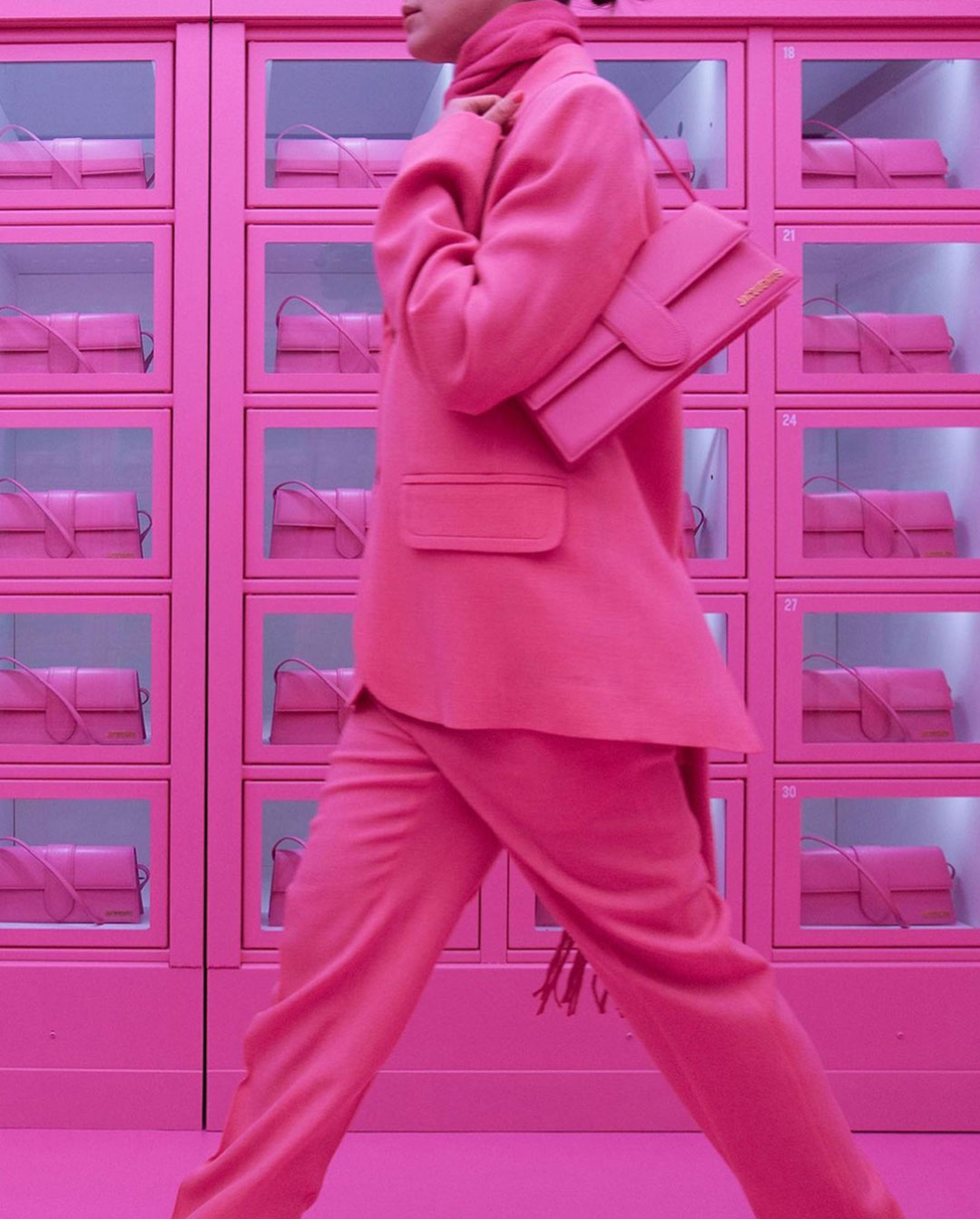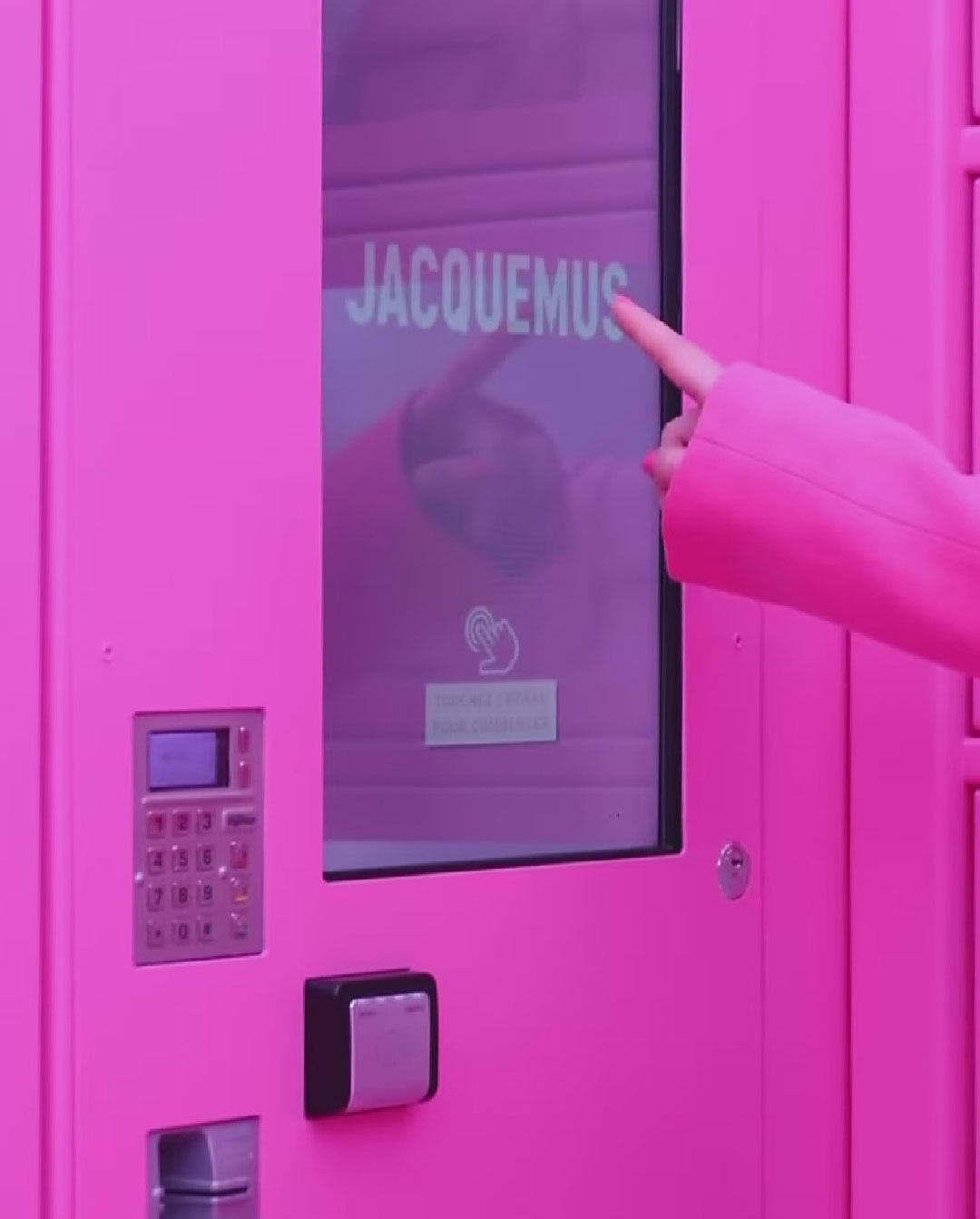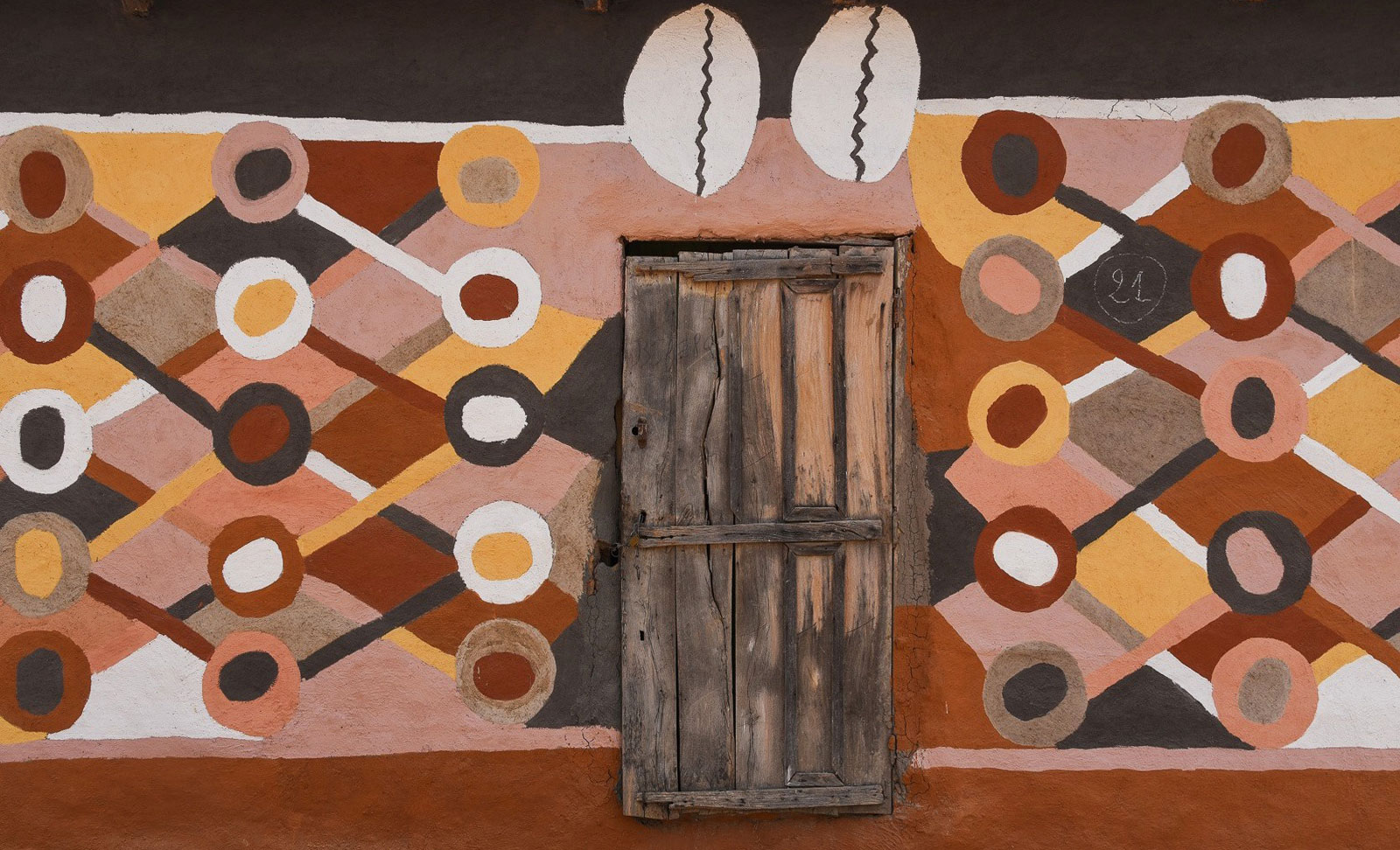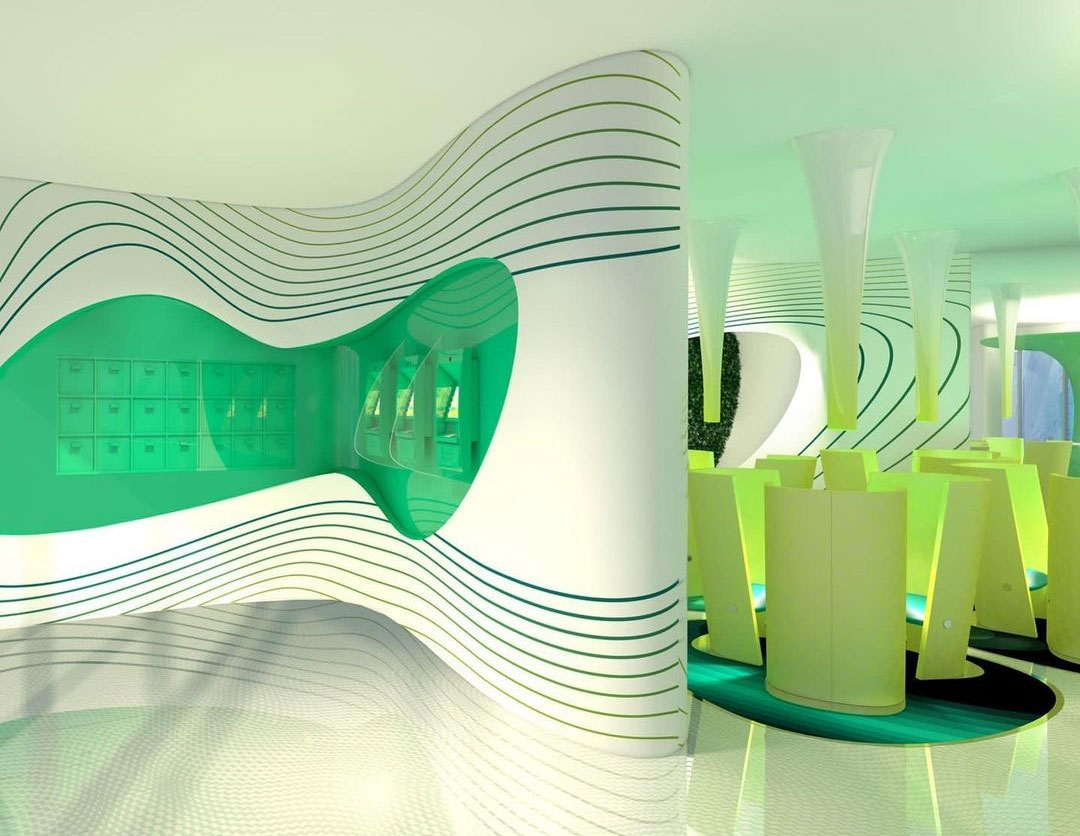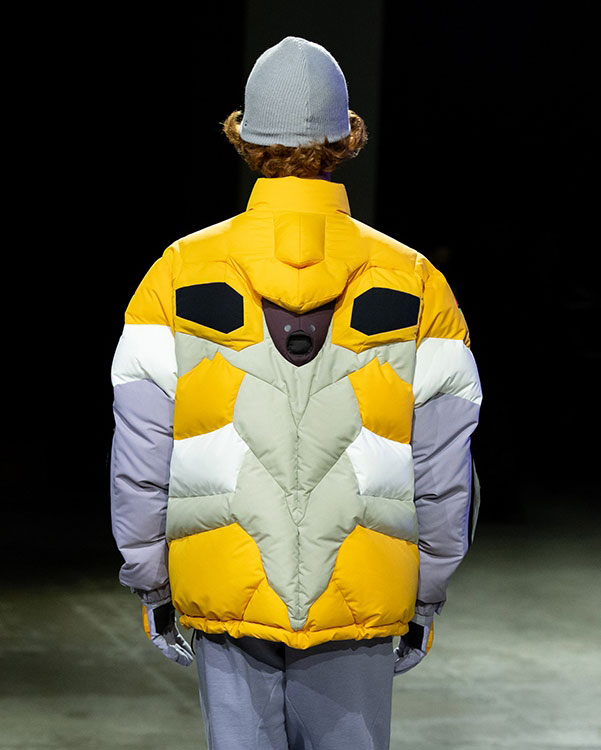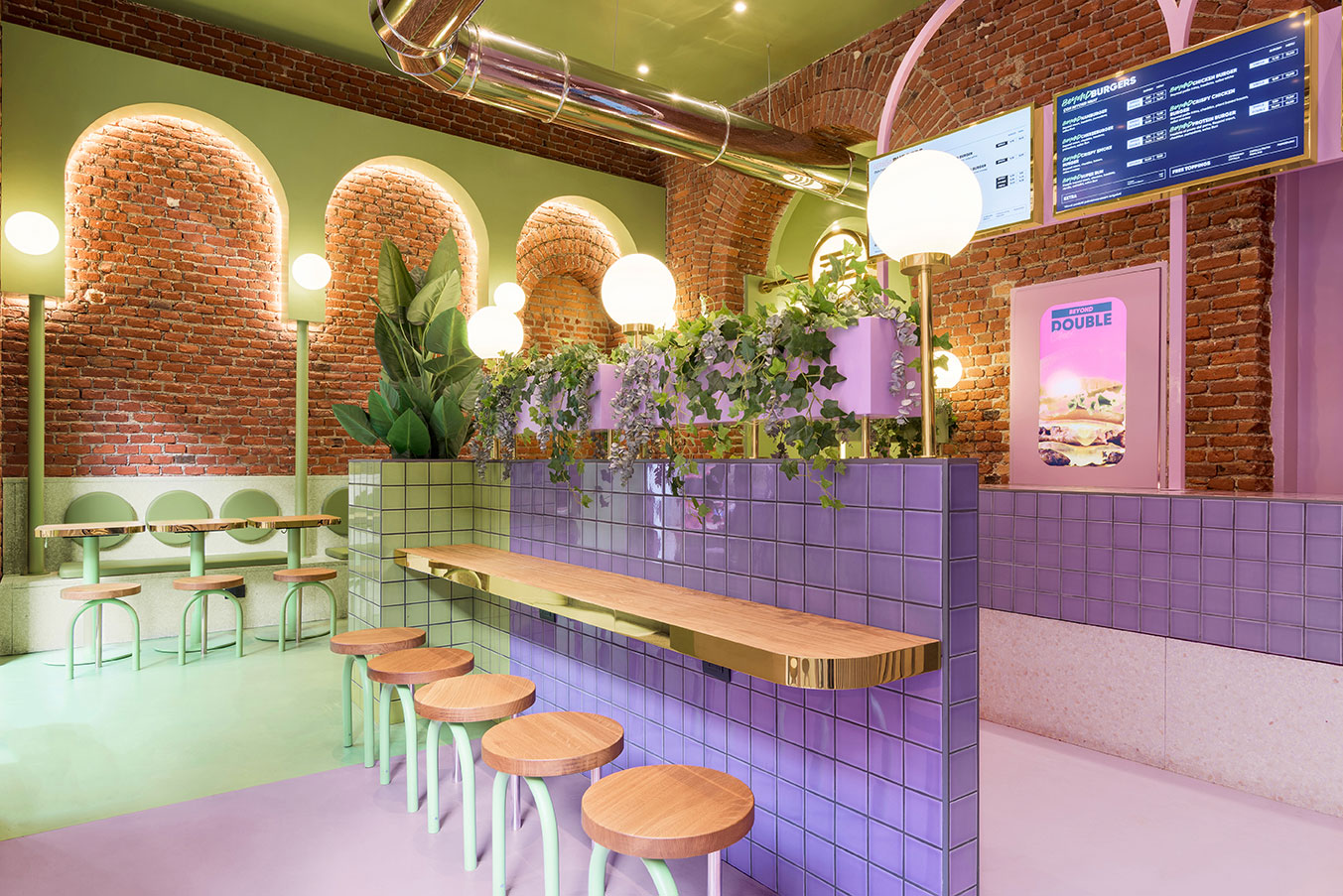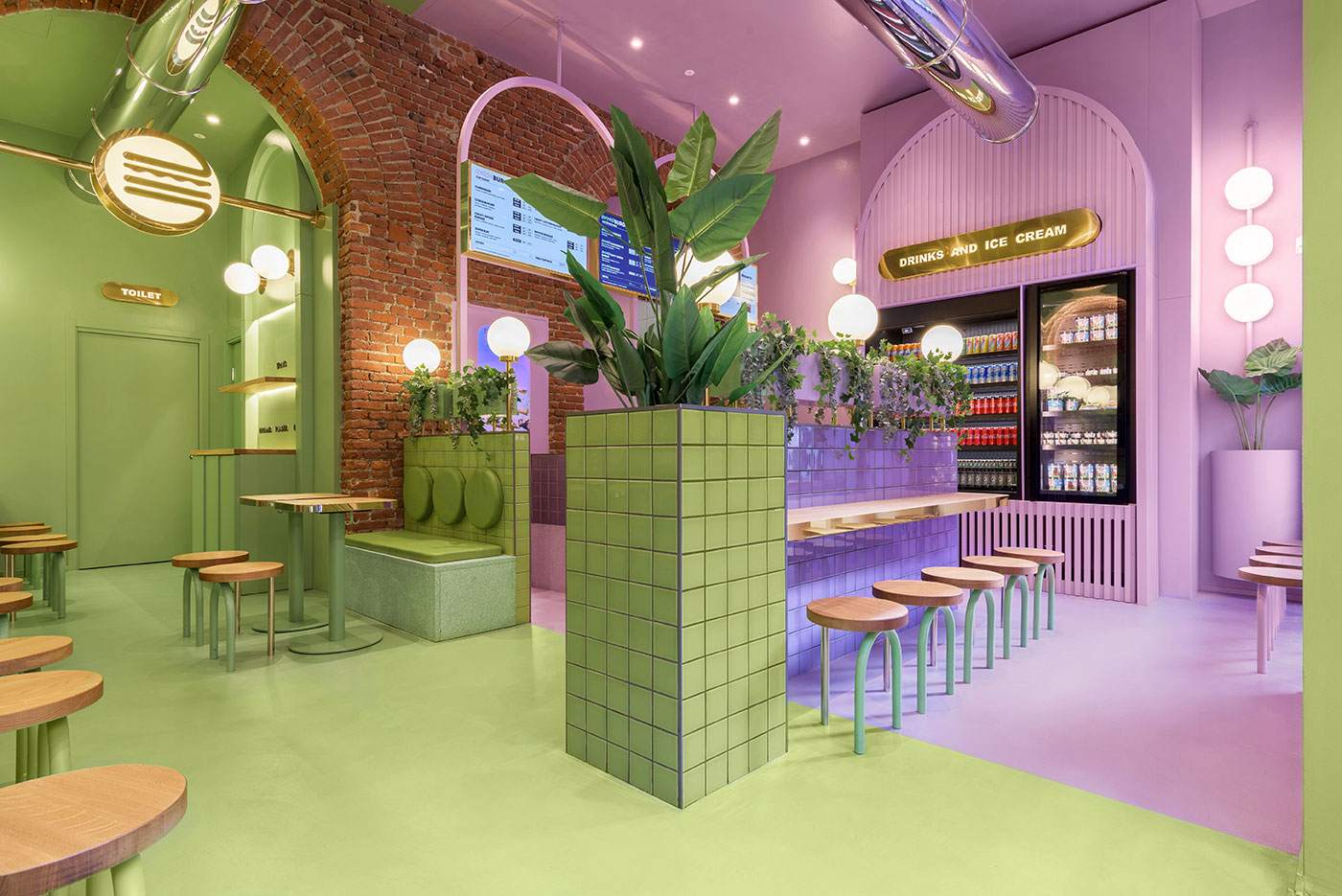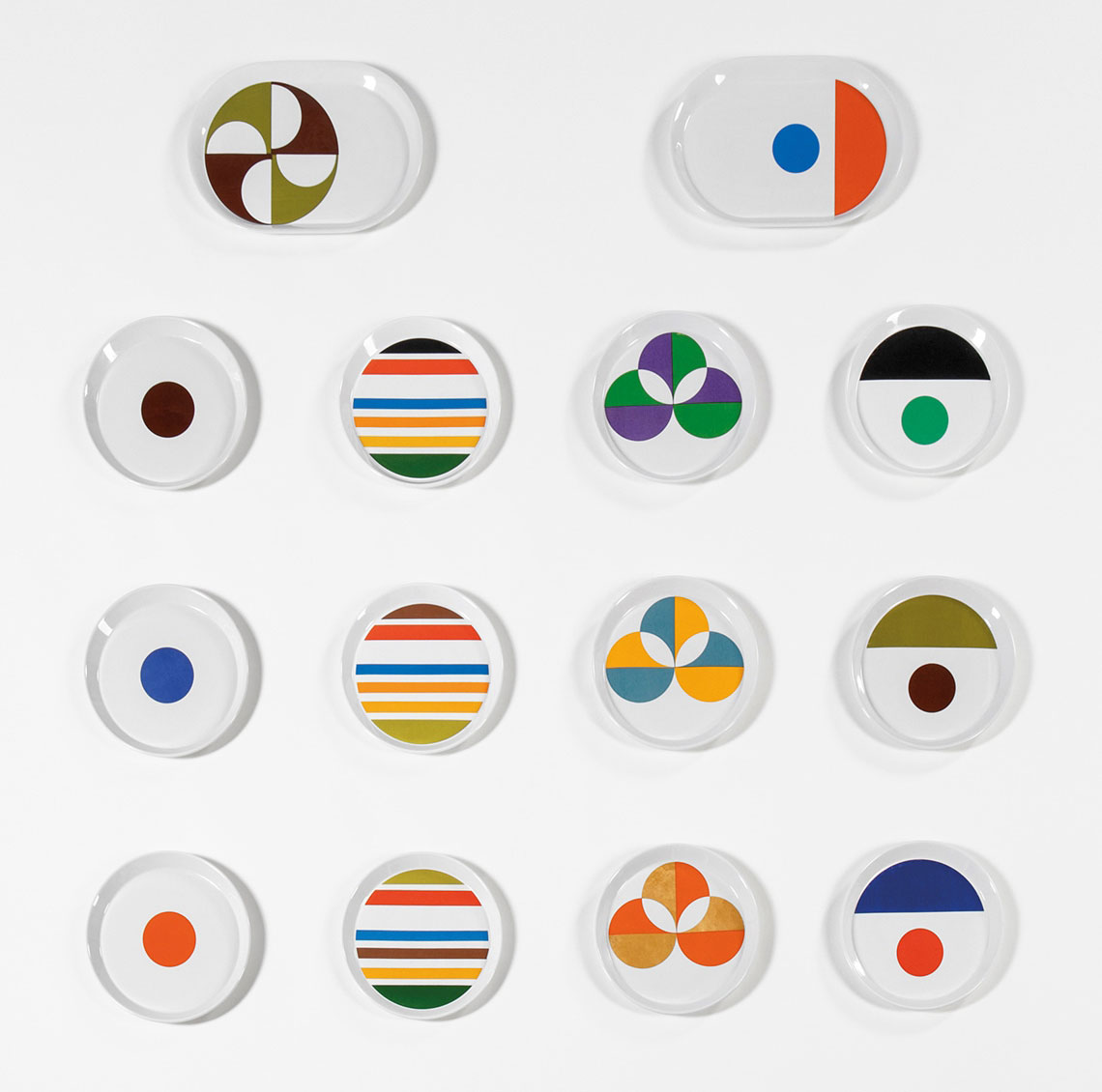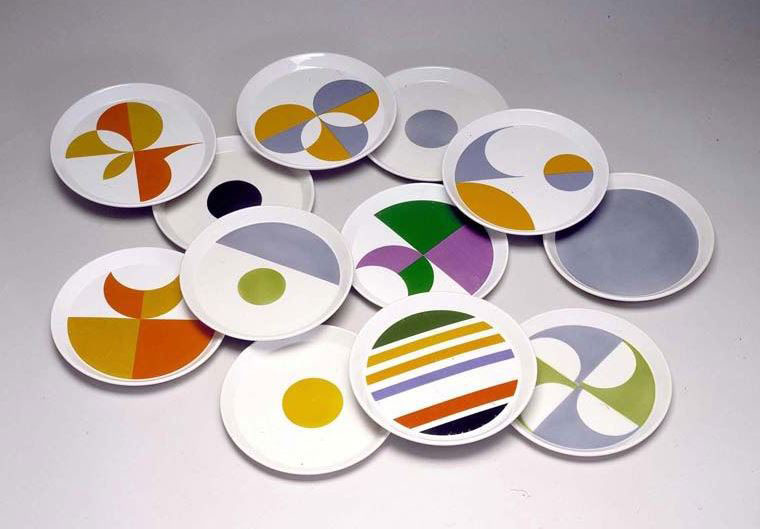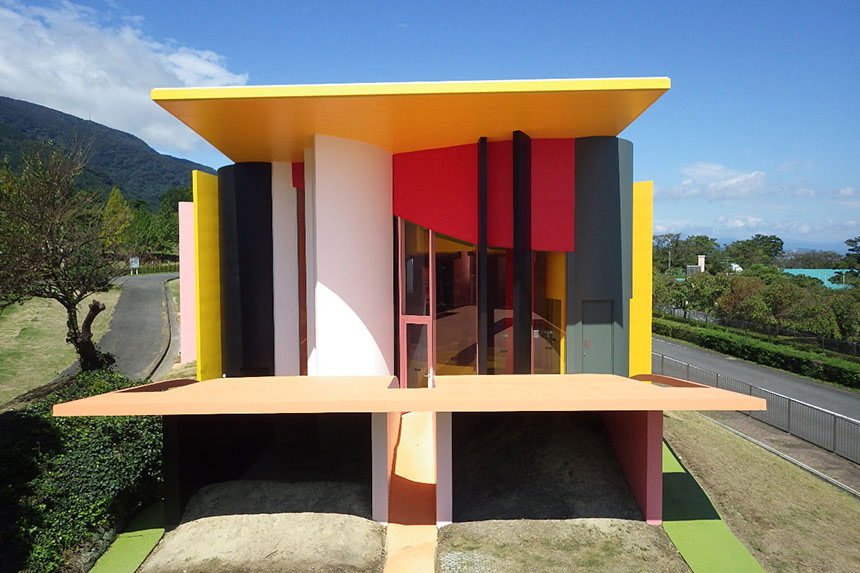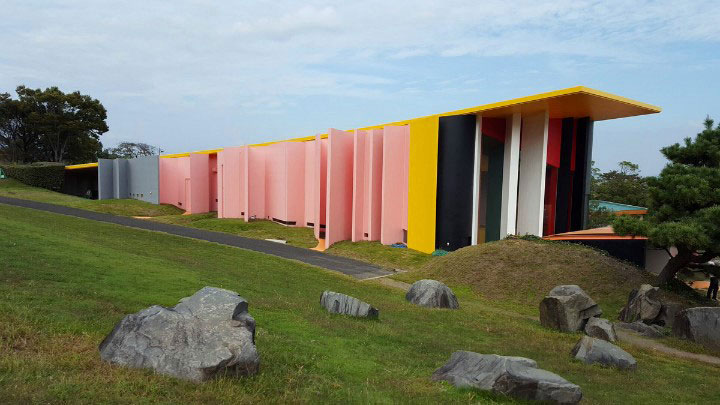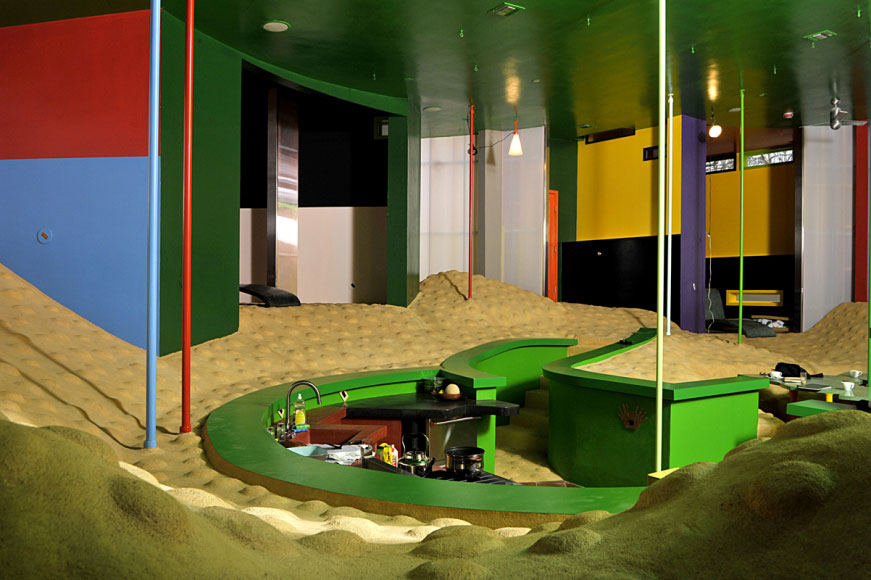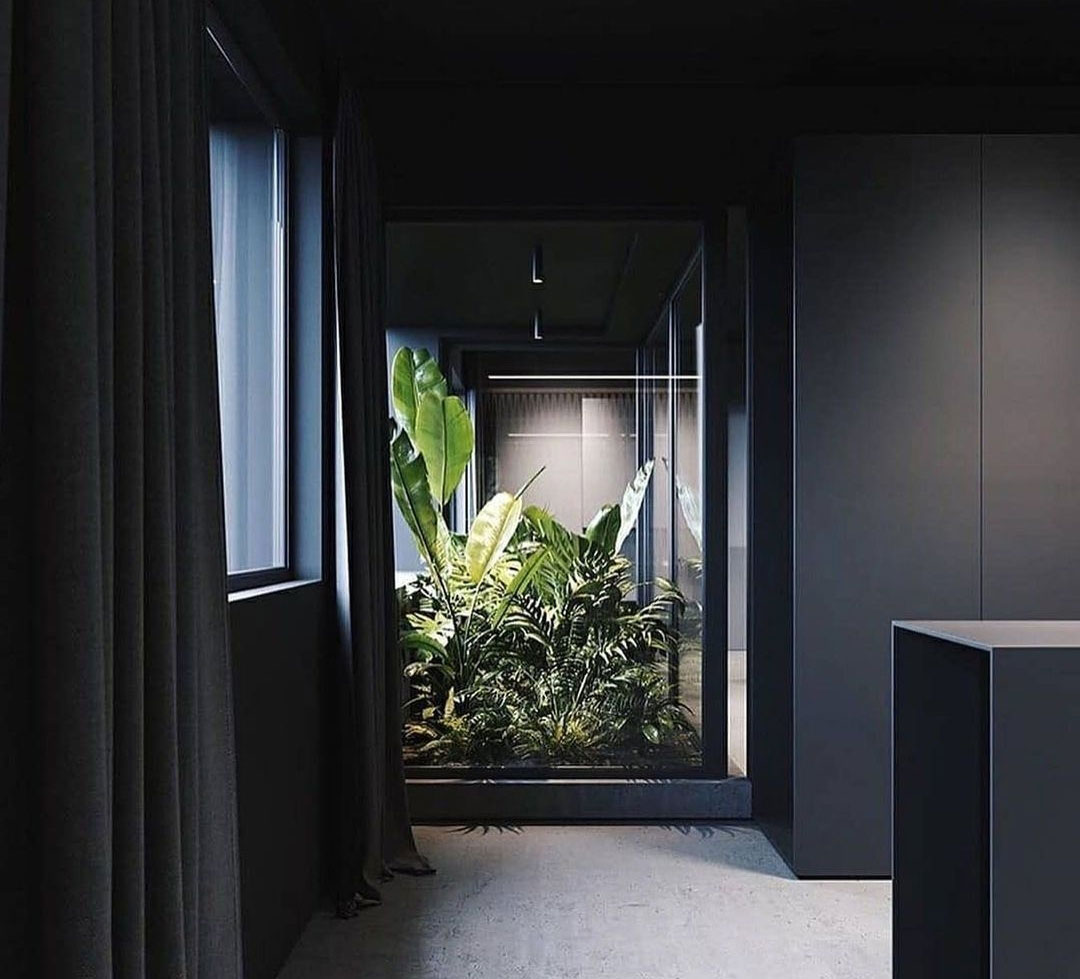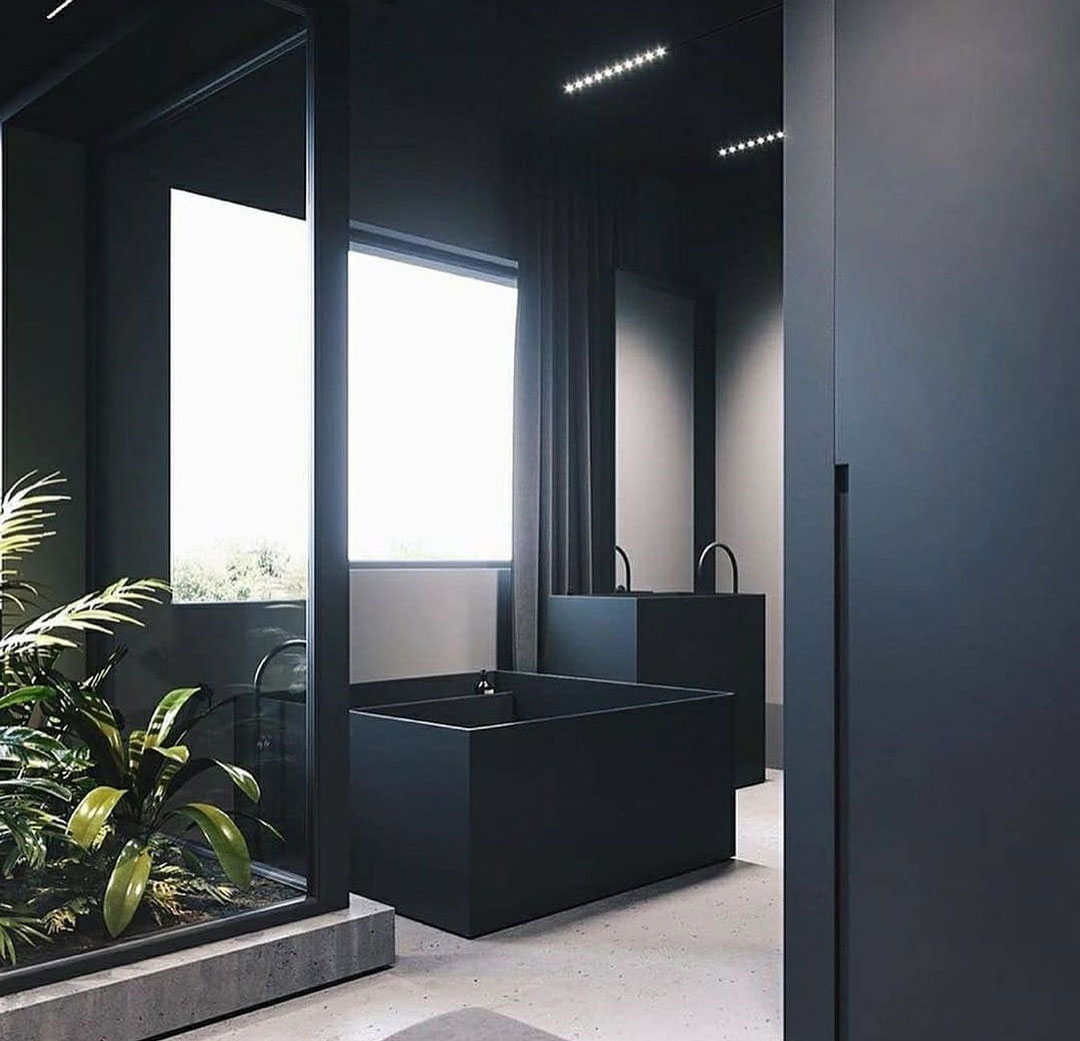ROSA E IMPERSONALE…
RETAIL | JACQUEMUS
… ma anche celere e virale. Questi sono i tratti caratteristici della nuova invenzione commerciale (e comunicativa) dello stilista francese Simone Jacquemus, che ha appena presentato un nuovo concept store a Parigi.
Lo shop, aperto solo dal 3 al 5 dicembre scorsi a due passi dal Louvre, è stato dedicato esclusivamente alla nuova Bambino Long Bag, oltretutto presente in un solo colore: il rosa shocking. Ispirato ai negozi automatici h24 dedicati a cibo e bevande confezionati, il pop-up store è rimasto aperto a tutte le ore del giorno e della notte.
Quella stessa nuance ha inondato sia lo storage – decine di bacheche modulari, gestite mediante touch screen – sia la vetrina, affacciata sulla discreta rue Richelieu.
La cromaticità Instagram-friendly, la sovversione del format iper-comune e spesso anonimo del negozio automatico e il superamento del concetto classico della boutique, fanno di questo esperimento la nuova frontiera dello shopping.
Pink and impersonal – … But also fast and viral. These are the characteristic features of the new commercial (and communicative) invention of the French designer Simone Jacquemus, who has just presented a new concept store in Paris.
The shop, open only from 2 to 4 December close to the Louvre, was dedicated exclusively to the new Bambino Long Bag, moreover present in only one color: shocking pink. Inspired by the 24-hour automatic shops dedicated to packaged food and drinks, the pop-up store remained open at all hours of the day and night.
That same nuance flooded both the storage – dozens of modular showcases, managed by touch screens – and the shop window, overlooking the discreet rue Richelieu.
The Instagram-friendly chromaticity, the subversion of the hyper-common and often anonymous format of the automatic shop and the overcoming of the classic concept of the boutique, make this experiment the new frontier of shopping.






